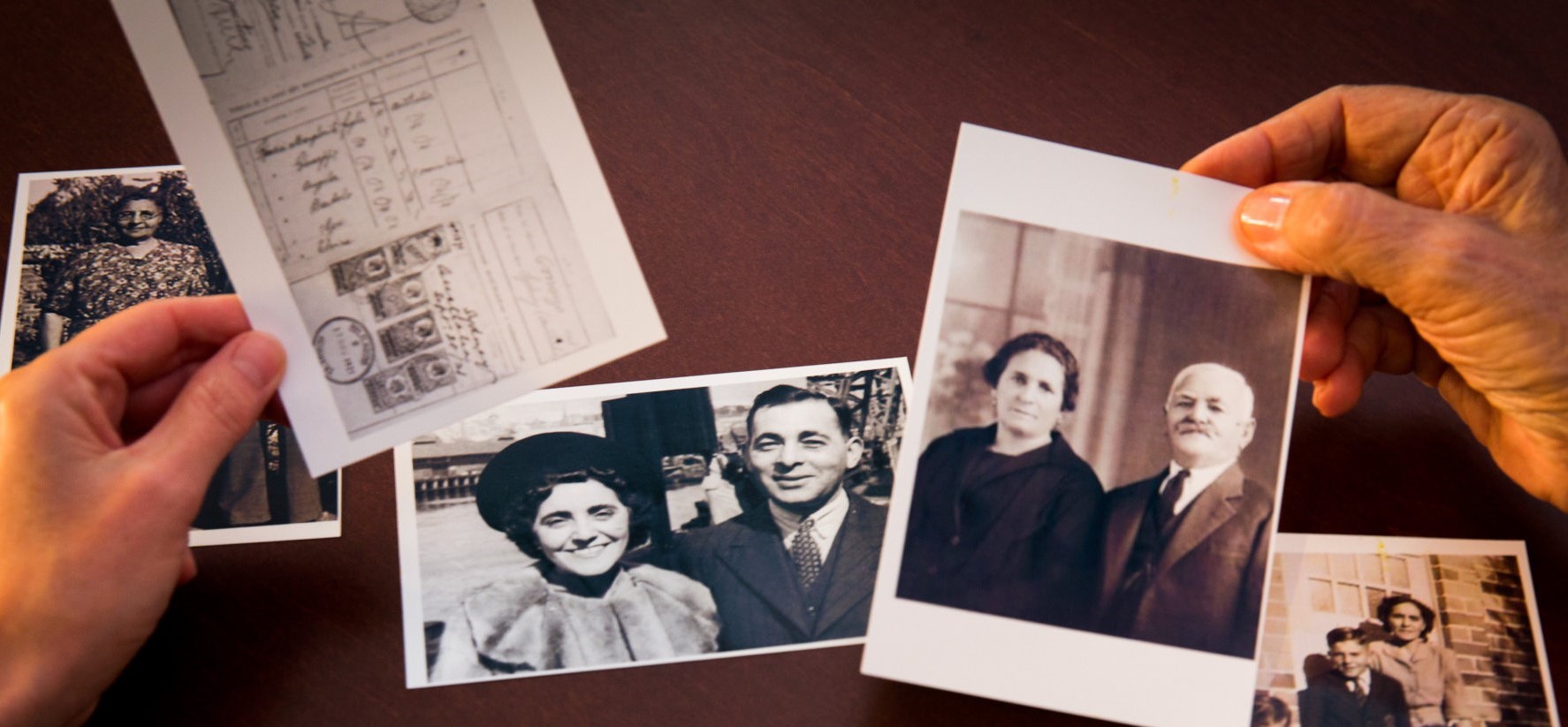Ewan muses about how Roman archaeological research can intersect with public history in Australia: Open Access.
Roman archaeology down under
Roman archaeology is offered in several institutions across Australia and Aoteoroa (New Zealand), from the University of Western Australia to Otago University, typically as a component of history or archaeology degrees. There are also several projects and a sizeable contingent of active researchers in the field, many of whom are members of groups such as the Mediterranean Archaeology Australasian Research Community MAARC and the Australasian Society for Classical Studies ASCS.
As an assistant at the Centre for Applied History and a Roman archaeologist (a label I am still learning to embrace) at Macquarie University Wallamattagal campus, I am always looking for ways to collaborate with community and facilitate public engagement with Roman archaeology in Australia. Indeed, I agree with Karen Milek, that archaeologists “have an ethical obligation to improve the accessibility and portability of archaeological science in order to enable citizen science” (to which I would add public history and archaeology). To achieve this, open and public participation, publication, and outreach elements of research need to become embedded within research, “not an addendum relegated to ‘impact statements, ‘open days’ or ‘public engagement events’” (Milek 2018: 41, 43). This is not to say these other components are not still valuable pieces of the puzzle, rather that they should not be the sole forms of public engagement activities, after which researchers dust off their hands and say ‘job done’.
Naturally, the field of Roman studies in Australia already does a sizeable deal of quality community engagement and collaboration. Historians and archaeologists consult on new curricula, provide or organise public lectures, and appear on radio (like so). A particularly exciting event last year, hosted by the Chau Chak Wing Museum and Wayward brewing, saw US-based Professor Sarah E Bond hold a virtual talk on ancient and mediaeval brewing.
Open access, publication, and data
However, the incorporation of more open access (OA) practices into our research methodologies, most notably OA publishing and (where circumstances permit) open data, remains under-explored. OA outputs do of course exist, including public facing web articles (such as this Lighthouse article) and openly accessible academic journal articles (such as this Worthing et. al. 2020 study of pollution at Pompeii). That said, much more could be made freely available. Uploading pre-prints to fully open repositories such as Zenodo could have real impact here. This would make these papers completely free-to-use, help deliver academic research to the public, and circumvent the sometimes ridiculously expensive APCs for OA articles (Marwick 2020). Indeed, I think some researchers would be pleasantly surprised about some publishers’ policies regarding open archiving of pre-prints and even published versions.
Open (preferably ‘Linked’) archaeological data — ‘structured archaeological data published in a free and accessible online linkable format ‘ — is another avenue for public engagement with research. With more Roman archaeological data made openly accessible, interested parties could interact and engage with Roman material — the collation of which they likely inadvertently funded — for free, whenever they wish, and at their own pace. This has pedagogical and accessibility benefits too, allowing students to develop their skills with ‘real’ archaeological data and reducing physical, logistical, and financial barriers for enthusiasts, students, HDRs, and ECRs alike (Garstki 2022: 3). Further down the track, community events where research data is presented, engaged with, manipulated, and even produced could be developed and presented as integral pieces of major archaeological research projects. The UK-based Arch-I-Scan project has seen great success in this realm, using community volunteers and holding public colloquia.
There are of course challenges. For one, artefacts and analyses must be produced in ways with which the public can engage, and channels must exist to advertise these resources. Archaeological data can also sometimes require computer skills to properly ‘use’ and even create. Nevertheless, OA tables, visualisations, maps, images, and other outputs are a good start (See this Internet Archaeology volume for example). Also, there are data publishing services which use, or are developing, relatively user friendly interfaces with drop down menus (such as Open Context and Archaeology Data Services). Also, whilst image copyright always throws up issues, something as simple links to open source websites with the desired images can be more than enough (a practice of Linked Open Data). This is what Brian Ballsun-Stanton and myself tried to do with our recent contribution to Open Context for instance. There are several institutional and cultural barriers relating to outdated or misinformed views on data-sharing, publishing, and even the purpose(s) of academic research, but these are for another blog… Also, one should note that OA practices and the somewhat related but separate issue of digitisation are by no means appropriate in all settings and with all data types (see Odumosu 2020), and we must ensure to properly engage with the pros and cons of OA whenever publishing material and research.
That said, nothing is ever easy, and by incorporating OA practices into our research from the start we will confront (or begin to confront) several of these key issues. Which will be worth it, because increased engagement with OA practices can help Australasian-based archaeologists of the Roman world facilitate engagement beyond, or following, the ‘open days’ and ‘public engagement events’ mentioned above — allowing interested communities to engage with knowledge production however and whenever they wish. I for one cannot wait to hear what questions they ask.
Further reading and watching
YouTube Series on Open Linked Archaeological Data by The Fitzwilliam Museum: YouTube
Garstki, Kevin (2022) ‘Introduction: Challenges of a Critical Archaeology in the Modern World’ Critical archaeology in the digital age. https://escholarship.org/uc/item/0vh9t9jq
Hillard, Tom W. (1998) Ancient history in a modern university. https://catalogue.nla.gov.au/Record/530778
Marwick, Ben (2020) ‘Open Access to Publications to Expand Participation in Archaeology’ NAW 53(2): 163–69. https://doi.org/10.1080/00293652.2020.1837233



